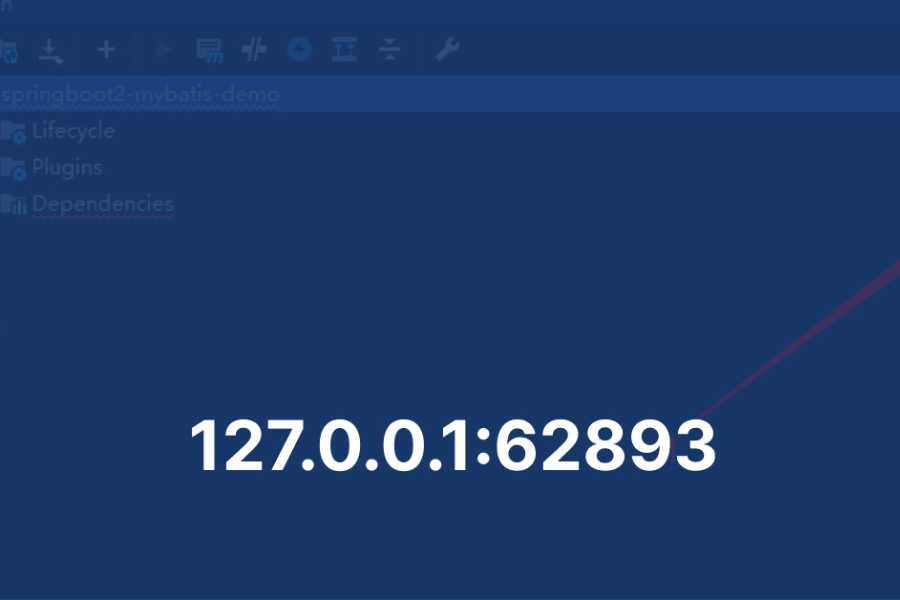Have you ever encountered the enigmatic code “127.0.0.1:62893” while working on your computer? This seemingly complex combination of numbers actually holds significant meaning in the world of development, networking, and security. In this article, we will break down what “127.0.0.1:62893” represents, how it functions, its uses, security considerations, and troubleshooting tips associated with it.
What is 127.0.0.1:62893?
127.0.0.1:
This segment denotes an IP address known as “localhost.” Essentially, localhost is a loopback address that directs communication back to your own computer. It serves as a secure and isolated environment for testing applications without needing to connect to the internet.
62893:
This number represents a port number, which acts as a gateway for various applications to transmit and receive data. While port 62893 is not as widely recognized as others, it is sometimes associated with Memcached, a caching system used in development environments.
Benefits of Using 127.0.0.1:62893
1. Development and Testing
Developers utilize localhost to test applications internally before deploying them live. It provides a controlled environment to identify and resolve bugs without impacting external systems.
2. Networking Understanding
Localhost helps in grasping fundamental networking concepts like client-server interaction and TCP/IP protocols. It allows developers to simulate real-world network scenarios locally.
3. Security Monitoring
Monitoring port activity on localhost enables the detection of any suspicious attempts to access the system. It enhances overall security measures by keeping sensitive data within the local environment.
4. Efficient Debugging
Localhost facilitates the debugging process by pinpointing network-related issues. It streamlines troubleshooting efforts, ensuring smoother application performance during development.
5. Isolated Environment
By creating a segregated space for development and testing, localhost prevents conflicts with other applications running on the same machine. This isolation ensures optimal functionality and reliability of applications.
How Does 127.0.0.1:62893 Work?
The address “127.0.0.1:62893” functions as follows:
An application running on your computer initiates communication with another process.
It designates “localhost” (127.0.0.1) as the destination, indicating its intention to interact with a component on the same machine.
The port number (62893) serves as a directive for the operating system, specifying which particular service or program should receive the communication.
For example, a development tool might utilize this address to establish a connection with a local server operating on your machine, facilitating tasks such as debugging and testing.
Security Considerations: Is Exposing Port 62893 Publicly Safe?
In most cases, exposing port 62893 to the public internet is not advisable due to several security risks:
1. Vulnerability Exploitation
If the service using port 62893, such as Memcached, has vulnerabilities, attackers could exploit these weaknesses to gain unauthorized access to your system.
2. Denial-of-Service (DoS) Attacks
Publicly exposing port 62893 makes your system susceptible to DoS attacks, where malicious actors flood the port with traffic, potentially causing system crashes or downtime.
3. Unauthorized Access
Allowing public access to port 62893 means anyone with internet connectivity can attempt to connect to your Memcached server, posing a risk of unauthorized data access or manipulation.
Troubleshooting “Disconnected from the Target VM, Address: 127.0.0.1:62893” Error
If you encounter the error message “Disconnected from the target VM, address:
127.0.0.1:62893″ while using development tools like VS Code, here are steps to resolve it:
1. Check Service Status
Ensure that the application or service associated with port 62893 is running correctly on your computer. Restarting the service can often resolve connectivity issues.
2. Verify Port Configuration
Double-check if the application configuration matches the assigned port number (62893). Incorrect configurations can lead to connection failures.
3. Firewall Configuration
Review your firewall settings to ensure they allow traffic on port 62893 for local connections. Create firewall exceptions if necessary to facilitate communication through this port.
4. Additional Troubleshooting Steps
If the service is not running, start it using appropriate commands or scripts.
Consider changing the port number if there’s a conflict with another service.
Utilize network diagnostic tools like netstat (Windows) or lsof (Unix/Linux) to identify any processes using port 62893 and resolve conflicts.
Conclusion
In conclusion, “127.0.0.1:62893” encapsulates the essence of local development environments, offering a secure space for testing and debugging applications. While beneficial for internal use, caution must be exercised when considering public exposure due to potential security vulnerabilities. By understanding its workings and adhering to best security practices, developers can leverage localhost effectively to enhance productivity and application reliability.
By following these guidelines, you can navigate the complexities of localhost and port numbers with confidence, ensuring smooth development processes and robust application performance.
This article aims to provide a comprehensive overview of “127.0.0.1:62893,” integrating technical insights with practical advice for developers and IT professionals. Let me know if there’s anything else you’d like to add or modify!
Explore exclusive carpet trends and expert tips at Carpetten.co.uk.

